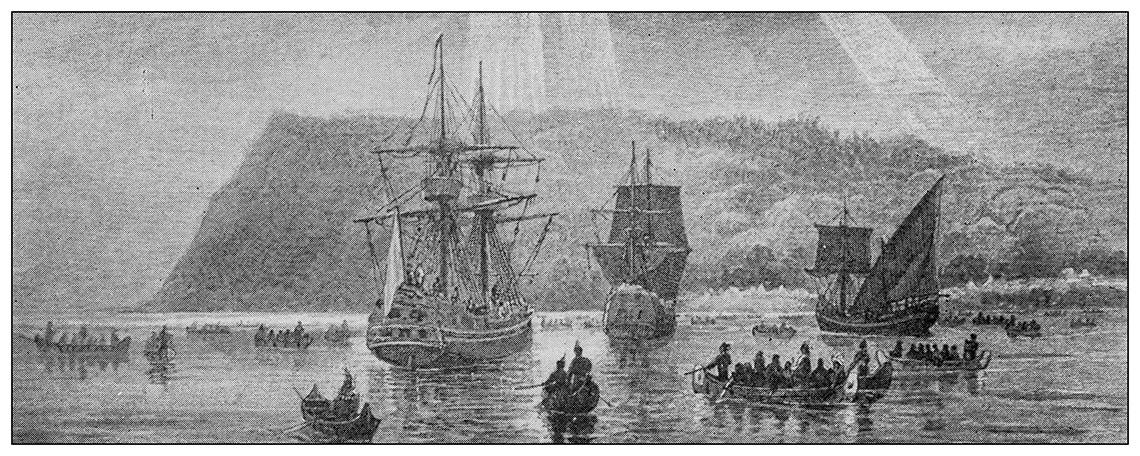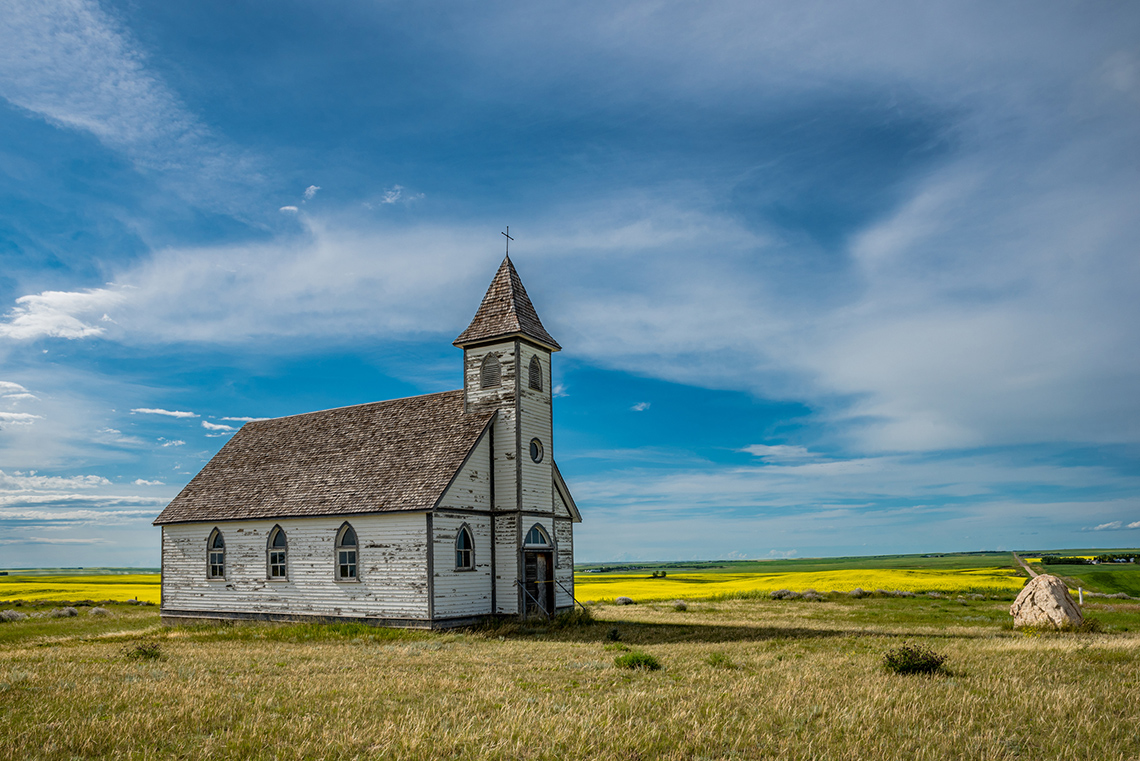Minds On
Task 1: Cause and consequence
When an event occurs, a consequence, or result, often follows. It might be positive or negative. Regardless, there is an effect after that event.
Some of these effects are long-term and some are more short-term, or immediate.
Press the Long-Term Effect button to access an example.
Consequence: The river filled up and began to flood the land surrounding the area.
Press the Short-Term Effect button to access an example.
Consequence: I earned a grade I was proud of.

Consider examples of causes and consequences, either in history, or an example from a book, TV show, or movie you have explored. Think of examples that have a long-term consequence and a short-term consequence.
Provide one example of an event occurring with long-term consequences (over years), and another example of an event occurring with short-term consequences (minutes, hours, days, or months).
Complete the Cause and Consequence activity in your notebook or use the following fillable and printable document. If you would like, you can use speech-to-text or audio recording tools to record your thoughts.
| Long-Term: | Short-Term: |
|---|---|
| Cause:
|
Cause:
|
| Consequence:
|
Consequence:
|
Press the ‘Activity’ button to access the Cause and Consequence.
Action
While the content in this learning activity is aligned to the curriculum, some content may be sensitive to individual learners. Consider reaching out to a trusted adult to share your feelings and questions.
Task 1: Early contact between Indigenous Peoples and European settlers

Beginning in the 1500s, Europeans set sail by boat seeking out new land and resources. When they arrived in New France – what we now call Canada – they came across Indigenous communities that had been living on the land for generations. As the Europeans arrived and then settled in New France, there were many effects on the Indigenous communities that already lived on the land.
Let’s begin by exploring some aspects of early contact between Indigenous Peoples and European settlers.
Press on the following tabs to learn more.

When Europeans arrived in New France, Indigenous Peoples taught them about the healing powers of some plants, such as cedar, sage, and sweetgrass. Indigenous Peoples knew how these plants could be used as medicine when someone was sick. Europeans were not used to the cold winter months and experienced a lot of illness during this time. Europeans became dependent on this knowledge from Indigenous Peoples to help them feel better and heal.
The arrival of Europeans created an opportunity to trade. At first, this was beneficial to both Europeans and Indigenous Peoples. Europeans were looking for furs, such as beaver pelts, and Indigenous Peoples were given iron tools and weapons. Over time, Indigenous communities began to permanently settle rather than travel with the seasons as they’d done before, and the beaver population began to decline. It later paved the way for more European settlements to be formed and a loss of land for Indigenous communities.

When the Europeans arrived in New France, they brought various diseases that Indigenous Peoples had never encountered before, such as smallpox and typhus. Indigenous communities had no cure for these diseases and sometimes they lost between 50 and 75 percent of their population, which forced smaller communities to relocate or join other communities to survive.

Prior to the arrival of Europeans, and still today, Indigenous Peoples have their own beliefs and ceremonies that are important to them based on community. Many Indigenous communities believe in a spirit world where people, and all living things, such as plants, animals, and water, are connected. When Europeans arrived, they attempted to force Indigenous Peoples to forget these practices and convert to the Christian religion. Despite these efforts, Indigenous communities never let go of their beliefs and still practice traditional ceremonies today.
Indigenous knowledge was very important in helping Europeans get used to the new conditions when they arrived in New France. Indigenous Peoples helped Europeans survive in a new climate that had harsher and colder winters then they were used to. Indigenous Peoples showed Europeans how to navigate the land and waterways and shared valuable resources with the Europeans. They helped them find and make medicines out of plants when they were sick and helped them to build shelters, canoes, and snowshoes. This knowledge made it possible for Europeans to survive and settle on Indigenous lands. In return, Indigenous communities had access to goods, such as iron tools, weapons, flour, sugar, and tea that were new to them. However, contact with the Europeans eventually led to Indigenous Peoples losing their lands and their nations being divided.
Cause and effect
Based on the information that you just explored, identify some of the possible consequences or effects that Europeans may have had on Indigenous Peoples when they settled in New France.
Complete the Cause and Effect on Indigenous Peoples graphic organizer in the fillable and printable document provided or in a method of your choice. If you would like, you can use speech-to-text or an audio recording to record your thoughts.
| Cause | Effect |
|---|---|
| 1) Indigenous Peoples and European settlers traded goods with each other | |
| 2) Indigenous Peoples helped Europeans survive in various ways (i.e., medicine, shelter, navigation, knowledge) | |
| 3) Europeans brought new and unfamiliar diseases | |
| 4) Europeans attempted to convert all Indigenous Peoples to Christianity |
Press the ‘Activity’ button to access Causes and Effect on Indigenous Peoples.
Task 2: Short- and long- term effects of contact
Contact between Europeans and Indigenous Peoples had various short- and long- term effects in what eventually became Canada.
What is the difference between a short-term and long-term effect?
- A short-term effect happens quickly, or immediately, after an event. These effects don't last a long time.
- A long-term effect happens over a longer period of time and can last for a while. These effects may take a longer time to show up or have a longer lasting impact on something or someone.
Brainstorm
Brainstorm

Based on what you’ve learned so far, what do you think were some of the short-term effects of first contact between Europeans who arrived in New France and Indigenous Peoples?
Record your ideas orally, digitally, in print, or in another method of your choice.
Press Review to compare your answers.
Some of the short-term effects of first contact between Europeans and Indigenous Peoples were:
Trade: Both groups traded goods with each other, and this was helpful for both groups. Europeans depended on Indigenous Peoples for furs and Indigenous Peoples received new materials and goods that they used in their everyday lives.
Knowledge and Survival: Europeans depended on Indigenous Peoples for survival. Indigenous Peoples offered their knowledge on medicine, travel routes, building shelters, hunting and fishing, surviving winters, and much more.
Long term effects
First contact between Indigenous Peoples and Europeans also had many long-term effects on both groups, and what we now call Canada.
Press the following tabs to explore different types of long-term effects.
The introduction of new diseases negatively impacted Indigenous Peoples for a long period of time. For example, the Huron-Wendat people lost half their population due to disease.
What is a government reserve?
A reserve is a piece of land that was set aside by the government to be used by a specific Indigenous community. The land is not owned by Indigenous Peoples. It is owned and controlled by the government. Indigenous Peoples were forced to move and live on these specific pieces of land.
Check your understanding!
Task 3: Celebrating and honouring Indigenous culture
Despite these challenges, Indigenous Peoples continue to recover their significant role in Canadian society today. Indigenous communities across Canada continue to celebrate their traditional knowledge, spiritual beliefs, traditions, and ceremonies.
Explore the following videos from Raven’s Quest, “Morgan” and “Jaylene and Jolene”. In both videos you will meet young people who are preserving and embracing their traditional culture, language, and traditions that have been passed down for generations in respectful, positive, and proud ways.
Let’s reflect!
In your opinion, how are Morgan, Jayelene, and Jolene ensuring early Indigenous and Métis traditions and culture are being celebrated and honoured?
Use a method of your choice to record your thoughts.
Consolidation
Check your learning!
Using the information from this learning activity, check your understanding through the following multiple choice activity.
Select the correct answer, then press “Check Answer” to see how you did.
Show what you know!
Based on what you have learned in this learning activity, choose one short-term and one long-term effect of Indigenous and European interactions that began in the 1500s and describe how they impacted both groups, and what we now call Canada. Consider the effect and impact that it had when it first happened, and then consider the effect or impact it may still have today.
Press a Hint to explore a clue.
- Short-term: trade, Indigenous knowledge, alliances
- Long-term: disease, war, treaties, resources, loss of land
Share your information orally, digitally, in print, or in another method of your choice.
Reflection
As you read through these descriptions, which sentence best describes how you are feeling about your understanding of this learning activity? Press the button that is beside this sentence.
I feel...
Now, record your ideas using a voice recorder, speech-to-text, or writing tool.